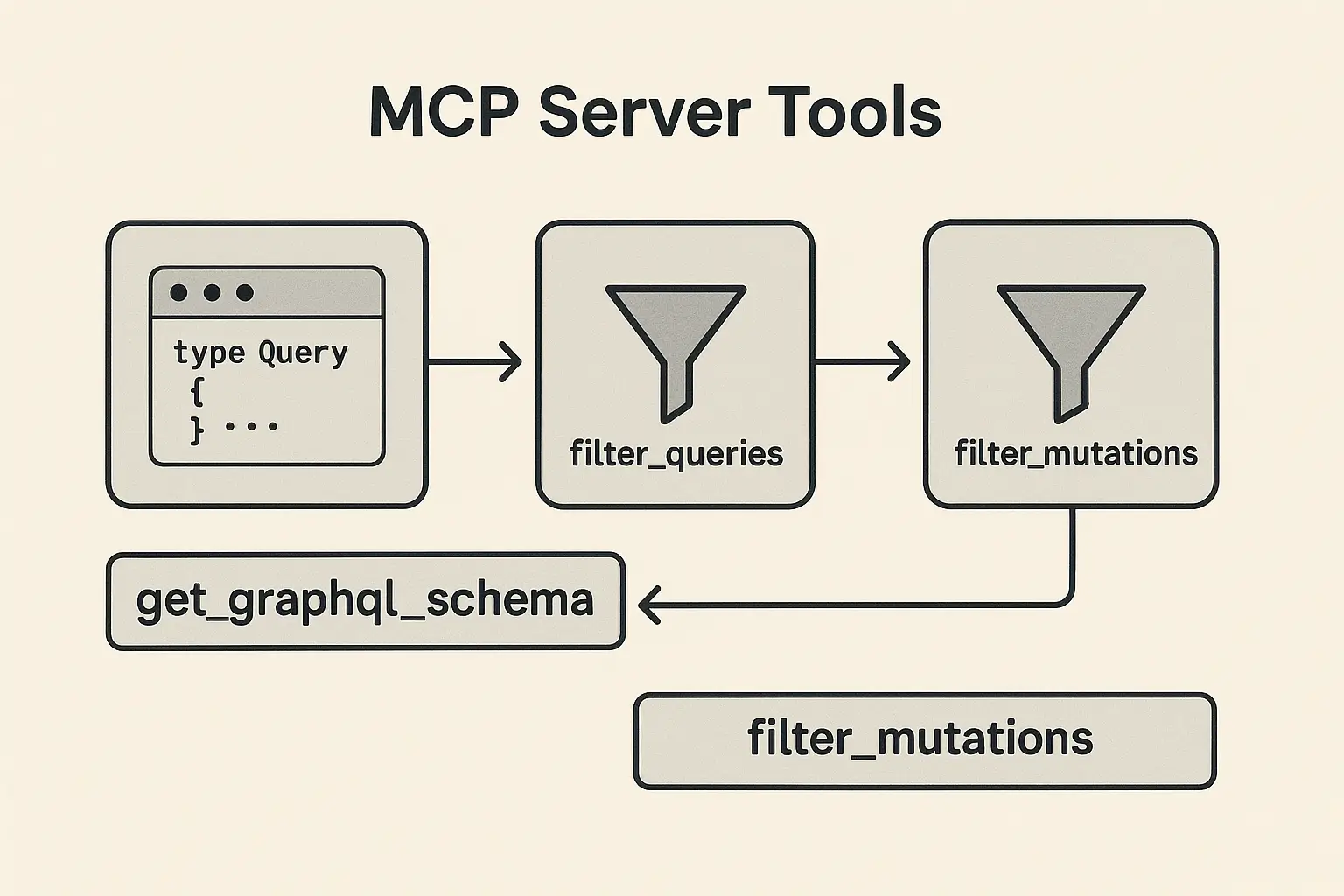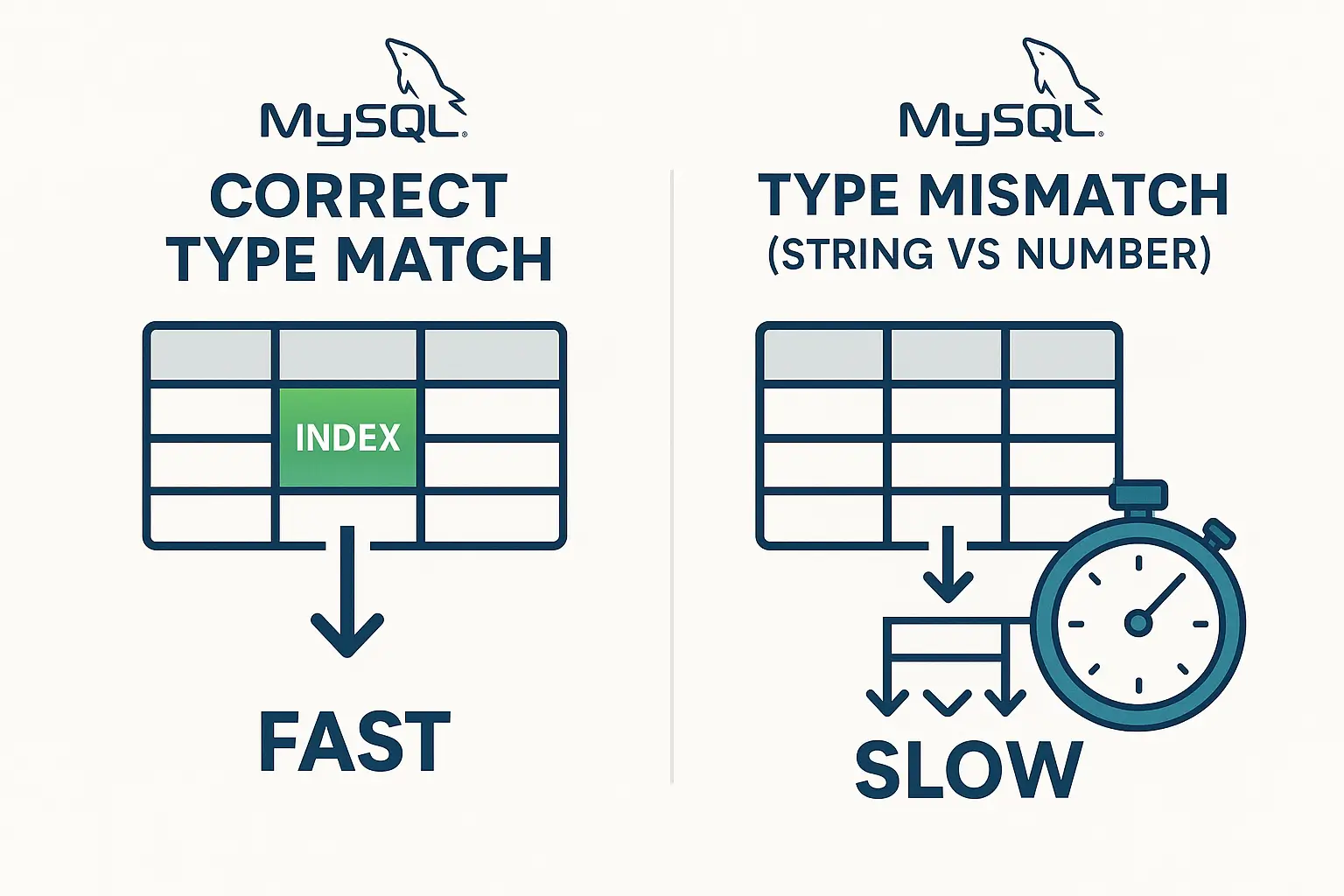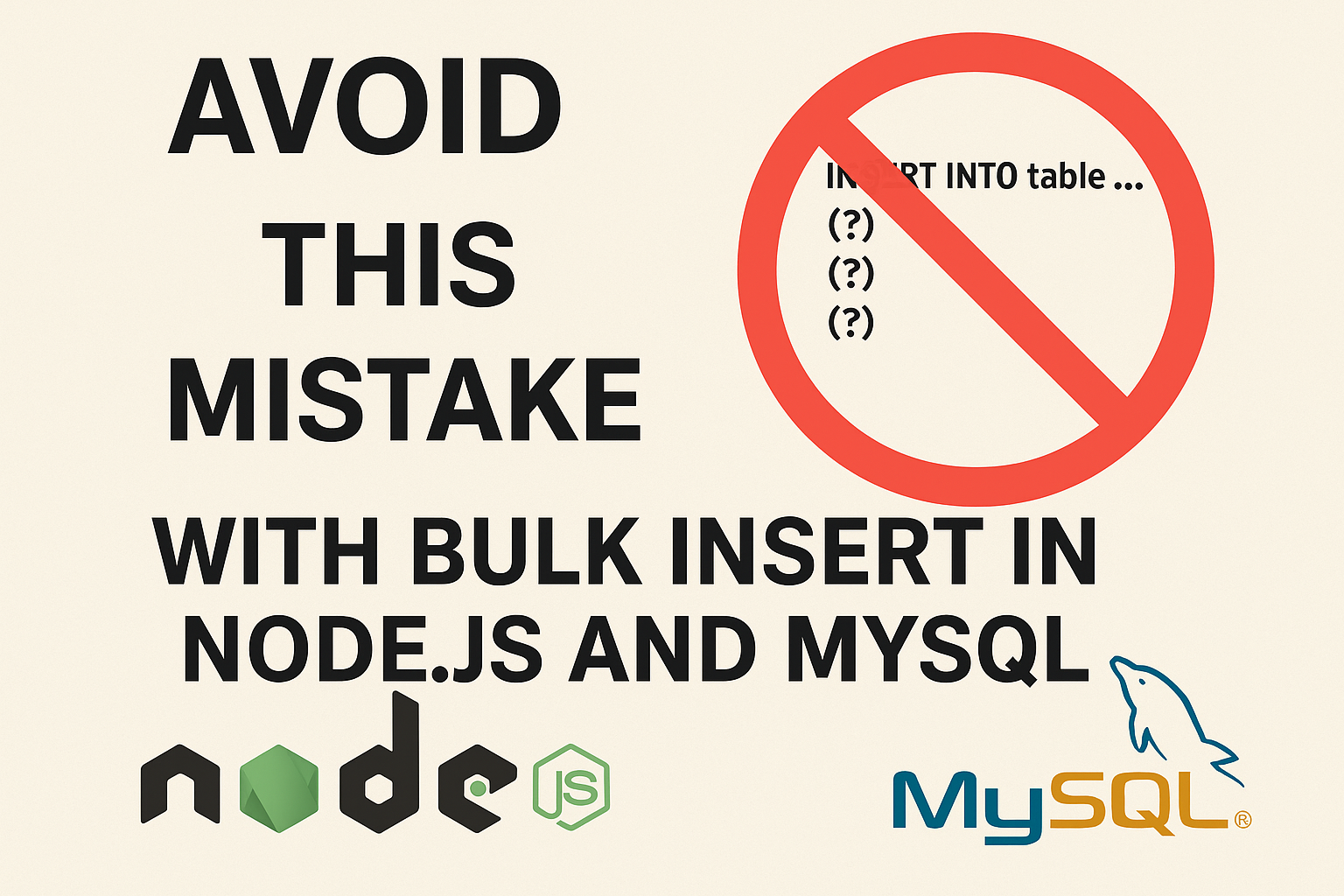Postgres Index Methods: Things you need to know
In PostgreSQL, different types of index methods are used to optimize query performance, especially for large datasets. These methods include B-tree, GiST, GIN, and BRIN, and each serves a specific purpose. Here’s a breakdown of each:
1. B-tree (Balanced Tree)
- How it works: B-tree is the default index type in PostgreSQL. It organizes data in a balanced tree structure, where the data is stored in sorted order, and the tree maintains a balance so that all operations like search, insert, and delete take logarithmic time.
- Best for: B-tree indexes are suitable for equality and range queries, such as
=,<,>,<=, and>=. It works well with columns that are frequently used for sorting or range-based lookups. - Common use cases: Primary keys, foreign keys, or other columns that need to be frequently searched in order.
2. GiST (Generalized Search Tree)
- How it works: GiST is a flexible indexing method that allows you to create indexes on more complex data types like geometries, full-text, or custom types. It supports a variety of queries (such as range, nearest-neighbor searches, etc.) by storing the bounding representations of the data.
- Best for: Queries involving geometrical data types, text search, or cases where you need flexible, multi-dimensional querying capabilities.
- Common use cases: Spatial data, full-text search, or custom complex data types.
3. GIN (Generalized Inverted Index)
- How it works: GIN indexes are specialized for data types where each row can contain multiple values, such as arrays or full-text search data. GIN creates an inverted index, where instead of indexing the data itself, it indexes the individual elements contained within a column.
- Best for: Fast lookups for columns containing multiple values, such as arrays, JSONB fields, or full-text search queries.
- Common use cases: Full-text search, JSONB data queries, or any field that stores a collection of values.
4. BRIN (Block Range INdexes)
- How it works: BRIN indexes are compact and store metadata about ranges of blocks in the table rather than individual rows. They are efficient in terms of storage and are useful when the data has a natural sort order or correlation with its physical storage.
- Best for: Large, append-only tables where the data is inserted in order. BRIN indexes work well with queries that operate over large ranges of sequential data.
- Common use cases: Time-series data, logs, or any data that grows in a linear, time-based fashion.
Key Differences:
- B-tree is general-purpose and widely used for equality and range queries.
- GiST is flexible, supporting complex data types and operations.
- GIN is highly optimized for multi-valued data types, making it ideal for text search and array queries.
- BRIN is space-efficient and suitable for very large datasets with a natural ordering.
Each index type has specific performance benefits depending on the use case, data size, and query patterns.





